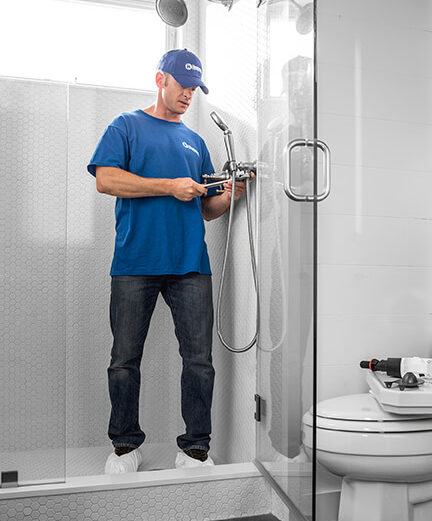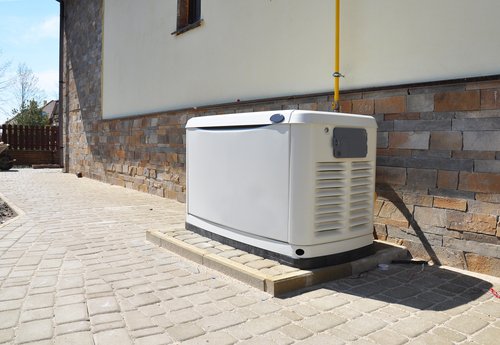We offer a wide range of services for that fresh look, or just maintenance or updates to keep your home functioning and safe. Regardless of the size of the job, we have a craftsman that can tackle it.

Home Maintenance / February 24, 2016

A whole-house generator will keep electrical appliances running in your home even if your utility provider experiences a power outage. Emergency, standby or backup generators can be installed outside your home to provide power to keep everything from refrigerators, freezers and lights to life-saving medical equipment running. A generator takes over as soon as grid power is interrupted, and they turn off once grid power is restored. To help you make the right choice, this guide, courtesy of your friends at Handyman Connection of Boise, provides information on the types of whole-house generators available.
Automatic or Manual Switch
There are two basic types of switches to initiate power to your whole-house generator. An automatic transfer switch (ATS) will automatically turn your generator on in the event of an outage. The big advantage of having an ATS installed on your whole-house generator is that you do not have to be home to start it. If you travel often and live in an area that experiences, or expects to experience, power outages, a generator with an ATS may be the right choice. Transfer switches are available in three sizes: 50 amps, 100 amps and 200 amps. Your electrician can help you choose the right size, though the information may be listed on your home’s main breaker panel. According to an article in Consumer Reports, you should budget at least $500 to $900 to have an ATS installed.
A manual switch requires the homeowner to be present in order to turn on the whole-house generator and provide power to the home’s appliances. Though less expensive, manual operation switches are less desirable.
How to Choose the Right Whole-House Generator
To decide which whole-house generator is right for you, take into consideration which of the following items you will need to operate during a grid power outage, and how much energy they require:
Part of your decision will be based on whether you want to power operations in your entire home or provide energy for scaled-back operations to a few necessary appliances.
Air-Cooled vs. Liquid-Cooled
The general rule of whole-house generators is that the most powerful generators are the most complicated. Air-cooled generators provide only up to about 20 kilowatts of electricity but are sufficient to power most single-family dwellings. For larger homes, bigger, more expensive, liquid-cooled units are required. Common liquid-cooled units generate up to about 150 kilowatts of energy.
By carefully considering the appliances and equipment you intend to use if a power outage occurs, you will better equipped to purchase the appropriate whole-house generator. If you are still unsure of the proper generator to install, contact your home maintenance partner at Handyman Connection of Boise. Our trained professionals can help and provide you with the home maintenance assistance you need to guarantee great results. Contact us today for your free, no-obligation estimate!